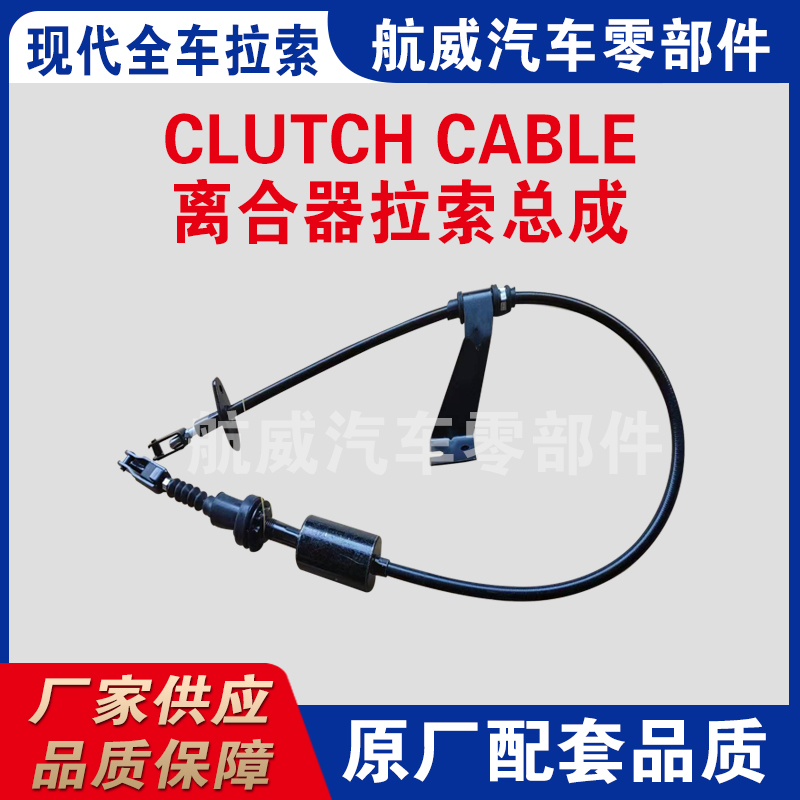Understanding Throttle Wire Functionality and Its Impact on Vehicle Performance
Understanding Throttle Wire and Its Importance in Automotive Performance
Throttle wires play a critical role in the functioning of modern vehicles, acting as the link between the accelerator pedal and the engine’s throttle plate. This simple yet essential component is fundamental in determining how an engine responds to driver inputs, ultimately influencing the vehicle's performance, fuel efficiency, and driving experience.
At its core, the throttle wire is responsible for transmitting the driver's intentions from the accelerator pedal to the engine management system. When a driver presses the accelerator, the throttle wire, which is often connected to a throttle body, adjusts the throttle plate's position. This adjustment allows more or less air to flow into the engine, thereby increasing or decreasing the engine's power output. For traditional cable-driven throttle systems, this process is mechanical, relying on friction and physical movement to function. However, many modern vehicles have transitioned to electronic throttle controls, which use sensors to relay information to the engine control unit (ECU).
The transition to electronic throttle control systems has brought about significant benefits. These systems enhance precision in throttle response, allowing for smoother acceleration and better control in various driving conditions. Additionally, they facilitate features such as cruise control and adaptive speed regulation, which can improve overall fuel efficiency. The use of advanced sensors and electronics also allows for better feedback loops, enabling the ECU to make real-time adjustments based on various parameters like vehicle speed, engine load, and even environmental conditions.
throttle wire

However, like any mechanical component, throttle wires and systems can encounter issues over time
. Common problems include fraying or stretching of the cable in traditional systems, which can lead to delayed responses or even complete throttle failure. In electronic systems, issues often arise from sensor malfunctions or wiring problems, resulting in inconsistency in throttle responsiveness. Regular maintenance and inspections are crucial to ensure optimum performance and safety.Moreover, the rise of performance tuning and modification in the automotive world has highlighted the importance of throttle systems. Enthusiasts often seek to upgrade or replace throttle wires or systems to achieve enhanced acceleration and responsiveness. Aftermarket throttle bodies, for instance, can significantly improve airflow and power, but they require precise tuning to align with the vehicle's engine management.
In conclusion, throttle wire systems remain a vital aspect of automotive design and performance. Whether mechanical or electronic, they are essential for translating driver input into engine power. As automotive technology continues to evolve, understanding the interplay between throttle systems and vehicle performance will be increasingly important for drivers and automotive professionals alike. Through proper maintenance and innovative upgrades, drivers can ensure that their vehicles deliver the performance expected on today’s roads.
-
The Right Handbrake Cable for Your VehicleNewsApr.09,2025
-
The Right Clutch Lines for Smooth PerformanceNewsApr.09,2025
-
How to Choose the Right Cables at the Best PriceNewsApr.09,2025
-
How to Choose and Maintain Gear Cables for Smooth ShiftingNewsApr.09,2025
-
Choosing the Right Throttle Cables for Smooth and Reliable PerformanceNewsApr.09,2025
-
Choosing the Right Control Cables for Your VehicleNewsApr.09,2025
